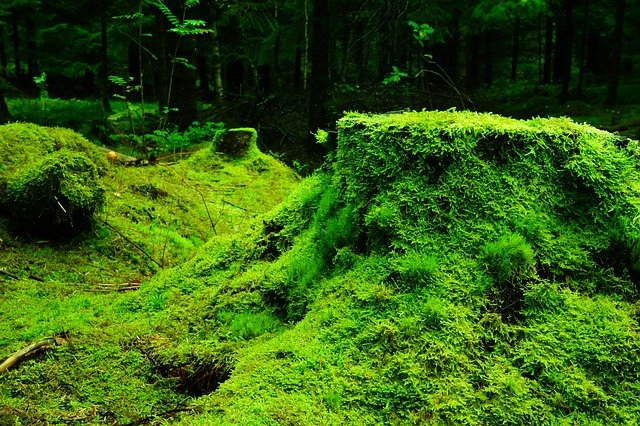
In gastropods, the operculum is a disc that allows the shell to close.
The term operculum comes from the Latin word opercŭlum , which translates as “cover” . The concept refers to an element that allows the blocking of certain openings or orifices .
A part of the animal body
In the case of osteichthyans , which are also known as bony fish , the operculum is a fin that provides protection and covers the gills. Generally the rear sector of the operculum establishes the limit between the trunk and the head of the animal .
Although the characteristics of the operculum vary according to the species , this piece consists of four bones. Many times the operculum plays a key role for the fish to get oxygen because, when opening the mouth, this lid closes and generates negative pressure in the outer area of the gills to make the water flow.
In mollusks that are part of the gastropod group, the operculum is a calcified or horny disc that allows the shell to close. When the animal hides, said closure takes place.
for botany
In the field of botany , on the other hand, the operculum is a structure that functions as a lid . This mechanism is present in some types of fungi, mosses and vascular plants. In the case of the latter, another name by which this concept is known is cofia .
Let's see below a brief definition of each of these three concepts:
* Vascular plants : They are also known as cormophyte plants and are those that have roots, stems and leaves . The first not only provides sustenance but also obtains nutrients from the earth or can store food. The stem serves so that the leaves, fruits and flowers are not in direct contact with the ground , a characteristic that allows these plants to grow larger than the so-called bryophytes ;
* mosses : they belong to the non-vascular ones , more specifically to the bryophytes , along with the liverworts . Its habitat must be humid, like the rainforest. They are recognized by forming a kind of thick carpet on the ground, although they can also develop on stones and trunks where there is abundant moisture. Its horizontal expansion is considerable, with surfaces that are counted in kilometers, but its height does not usually exceed 3 centimeters;
* fungi : This term can refer to a group of eukaryotes that includes those that produce mushrooms, yeasts and molds. A peculiarity is that they are classified in a kingdom independent of animals, protists and plants. They are considered heterotrophs , because they obtain energy and nutrients from organic matter, something that differentiates them from plants.
Opercula in plants
Eucalyptus trees, to mention one case, have an operculum. In these plants , the operculum covers the flowers and falls off when they open. In certain carnivorous species, meanwhile, the operculum or leaflet is a device that prevents water from precipitation from accumulating in the plant.

A fin present on moss capsules is also called an "operculum."
Other cases of known structures that have opercula are:
* the fin that, in the case of mosses, covers the appendages that are around the mouth of one of its capsules;
* the cap that we can find in the sexual cell of some ascomycete fungi;
* in pollen, a cap that is over the opening of its grains;
* the lid of a capsule known as a pyxidium , which acts as a container for the seeds. The top of the pyxidium falls off when they are released. We can see this in plantains , a genus of floral plants with about two hundred species.
